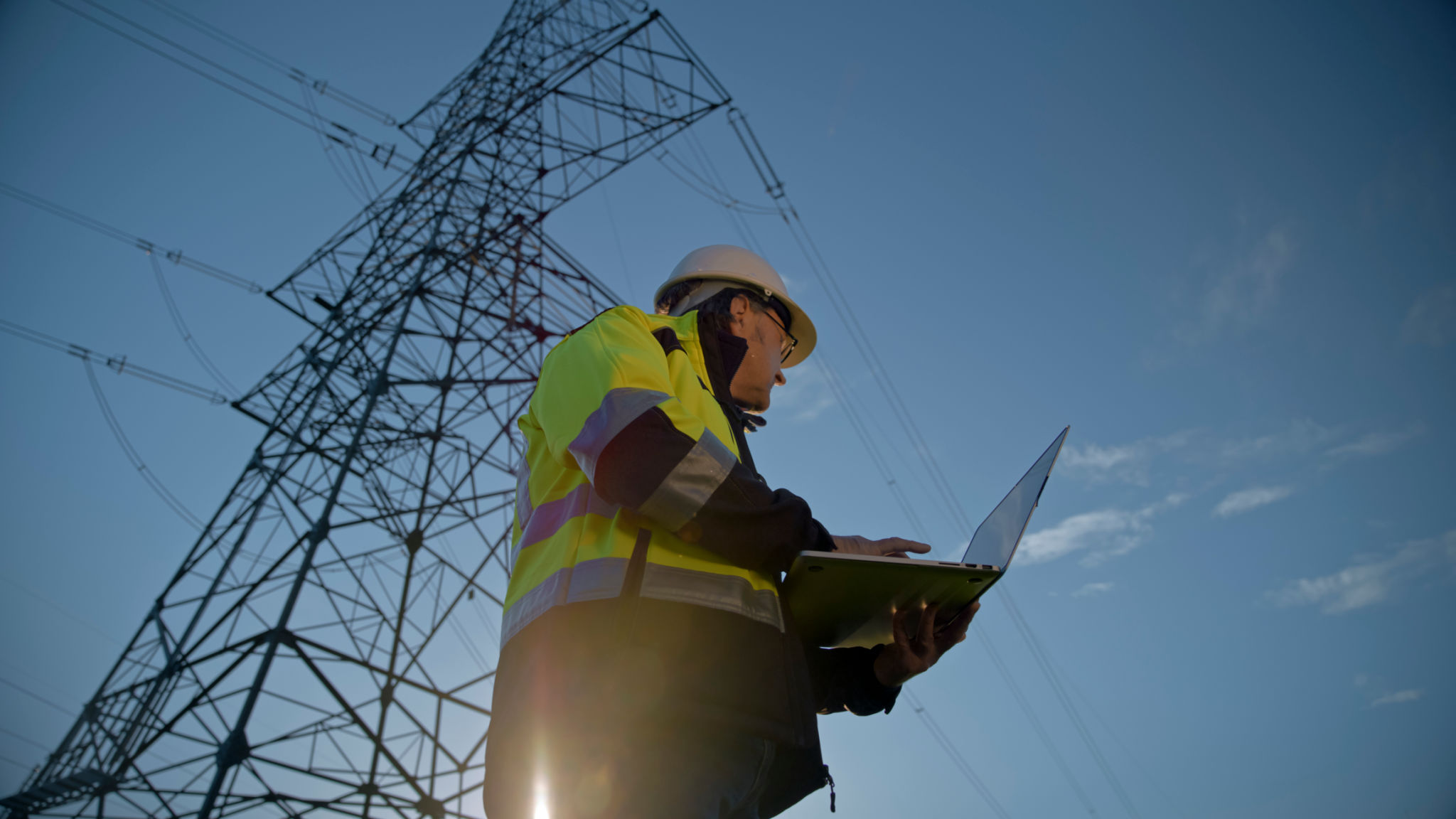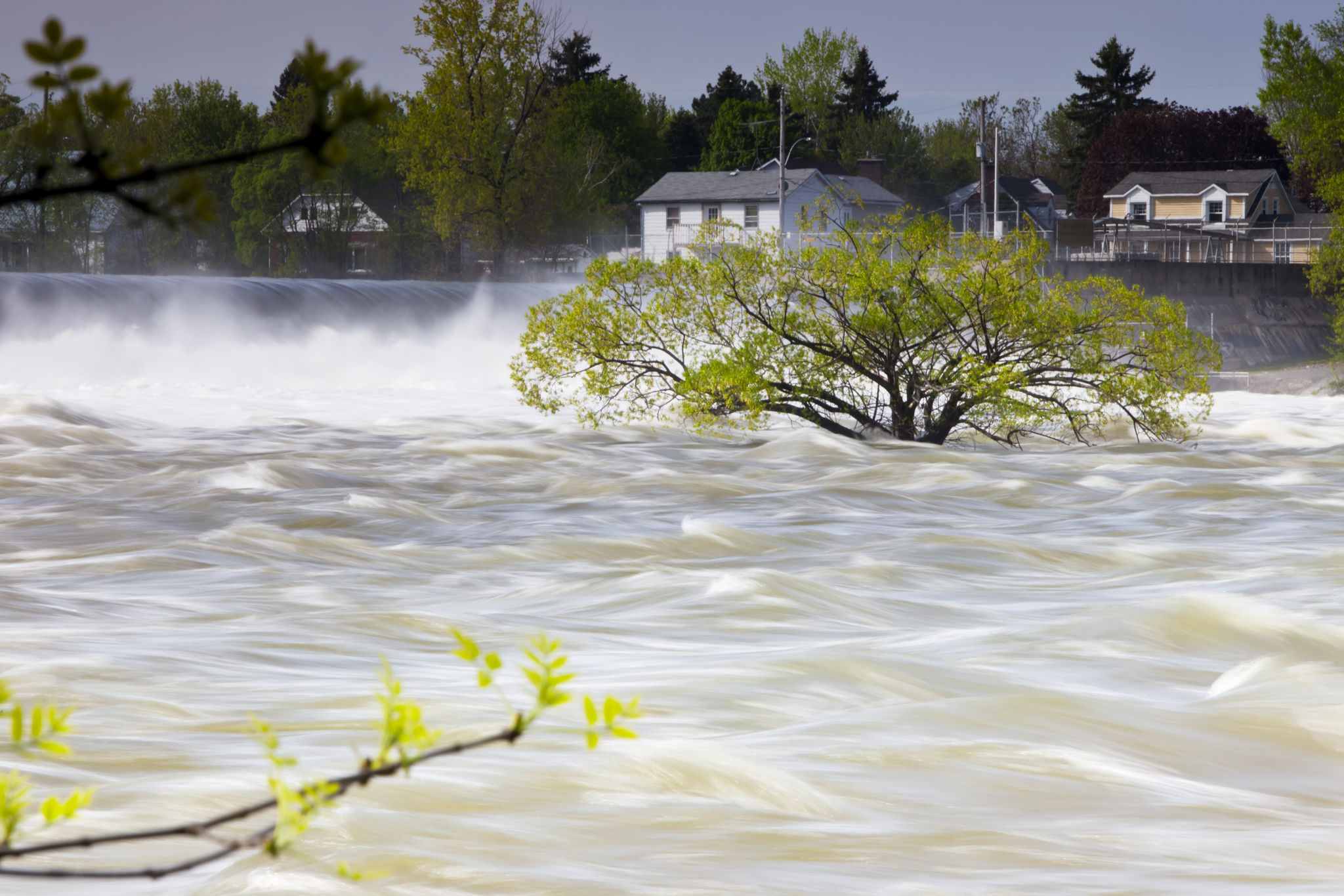Seasonal Engineering Challenges: How to Prepare Your Designs for All Weather Conditions
Understanding the Impact of Weather on Engineering Designs
Weather conditions can significantly impact engineering projects, influencing everything from material choice to construction timelines. Whether you're designing a bridge, a building, or an outdoor installation, it's crucial to consider how different weather patterns can affect the integrity and longevity of your project. By preparing for seasonal engineering challenges, you can enhance the resilience and performance of your designs.
Understanding the specific climate where your project will be situated is the first step in creating weather-ready designs. For instance, structures in areas prone to heavy snowfalls will require different considerations compared to those in hurricane-prone regions. Local climate data and environmental assessments are invaluable resources for making informed decisions.

Design Strategies for Extreme Cold
In regions with harsh winters, engineering designs must account for snow loads, ice formation, and freezing temperatures. Materials that can withstand low temperatures without becoming brittle or losing strength are essential. Additionally, thermal insulation can help prevent freezing within buildings and infrastructure.
Engineers should also consider the potential for ice accumulation on structures like bridges and power lines. Designing for easy removal or prevention can mitigate risks associated with extreme cold. Implementing systems for snow and ice management, such as heated pathways or automated de-icing systems, can also be effective solutions.

Preparing for High Temperatures and Drought
On the other end of the spectrum, hot climates present their own set of challenges. High temperatures can cause materials to expand, potentially leading to structural issues. Choosing heat-resistant materials and allowing for thermal expansion in your designs can help manage these effects.
Moreover, drought conditions require careful consideration of water resources. Sustainable water management systems, such as rainwater harvesting and efficient irrigation systems, can be integrated into your designs to address these concerns. Landscaping choices that reduce water usage can also be beneficial.

Managing Rainfall and Flooding
Regions with significant rainfall or flood risks need special attention to drainage and water management systems. Designing with elevated foundations or incorporating flood barriers can protect structures from water damage. Additionally, using permeable materials in landscaping and roadways can improve water absorption and reduce runoff.
It's important to integrate advanced drainage solutions and consider future climate models that predict changes in precipitation patterns. By planning for increased rainfall or unexpected flooding events, engineers can ensure their designs remain robust over time.

Adapting to Wind and Storms
Wind-resistant designs are crucial in areas susceptible to hurricanes or strong storms. Aerodynamic shapes and reinforced structures can minimize wind damage. For tall buildings, ensuring that they can sway slightly without structural compromise is essential for safety.
Materials that resist corrosion from saltwater or high humidity are vital for coastal areas. Implementing storm shutters and impact-resistant windows can further protect against windborne debris. By anticipating these challenges, engineers can create safer, more resilient structures.

Conclusion: The Importance of Comprehensive Planning
The key to overcoming seasonal engineering challenges lies in comprehensive planning and adaptable design strategies. By thoroughly understanding the environmental conditions specific to each project location and employing innovative solutions, engineers can create structures that withstand diverse weather conditions.
As climate change continues to alter weather patterns globally, staying informed about the latest research and technological advancements is vital. Investing time in detailed planning today can lead to successful, resilient projects that stand the test of time.